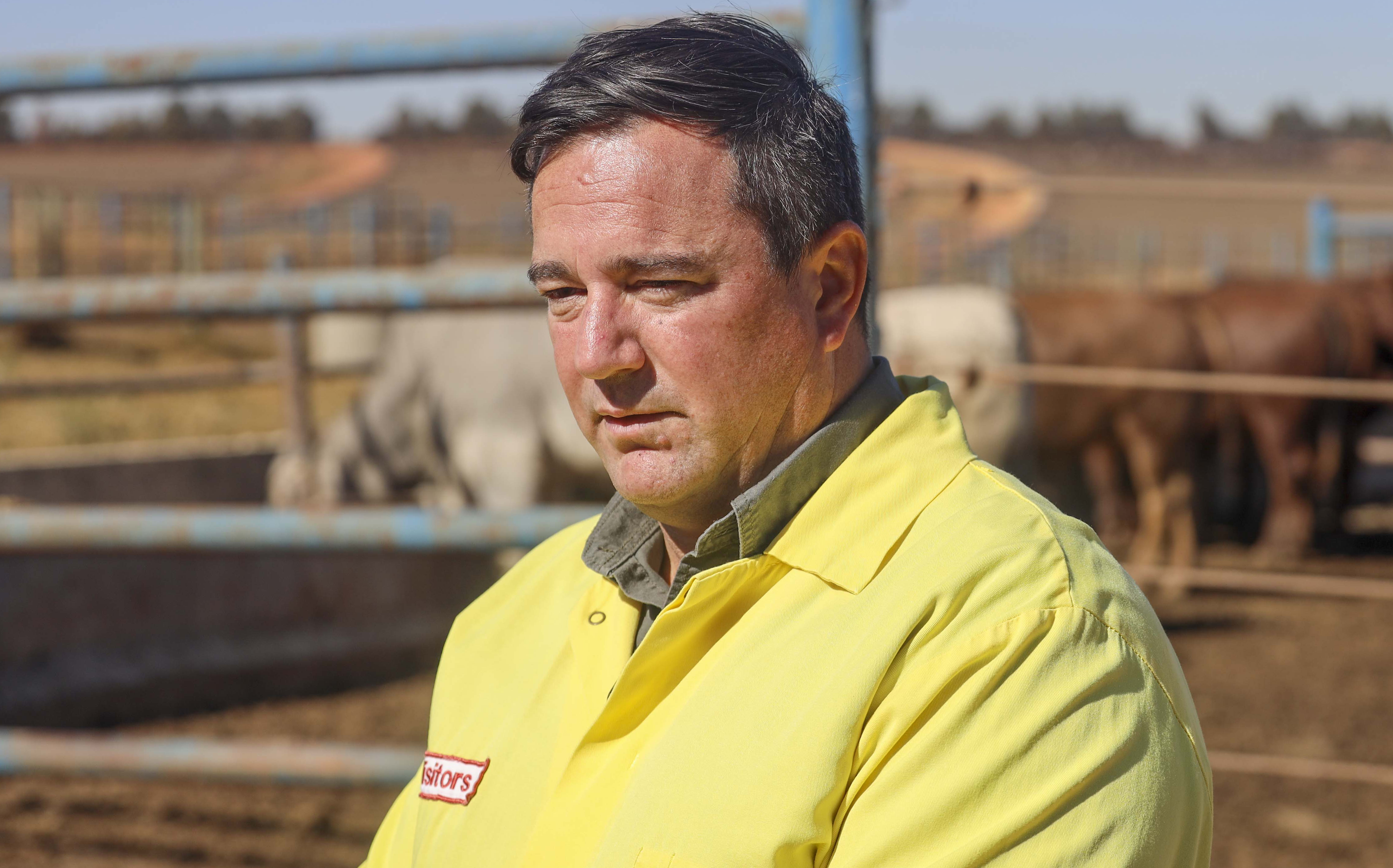Agriculture Minister John Steenhuisen has called on the private sector to help finance the procurement of crucial vaccines to contain the spread of foot-and-mouth disease (FMD) among cattle and to address other biosecurity concerns that threaten South Africa's agricultural sector.
Last week, the Department of Agriculture reported a new FMD outbreak in the Free State, bringing the total to 270 across five provinces in South Africa — a state of affairs that has seen export bans imposed by trading partners and put individual operators in jeopardy, delivering a hammer blow to the livestock sector.
Read more: New foot-and-mouth disease outbreak in Free State
In his prepared opening remarks on Monday, 21 July 2025 at an FMD Indaba organised by the department, Steenhuisen noted that “vaccine availability” was a “crucial area where the system broke down during the recent outbreak”.
“The national FMD vaccine bank was depleted... As a result, we were compelled to import vaccines from Botswana to mount even a partial response.”
Botswana, where cattle are venerated and the commercial livestock sector plays a significant role in the economy, was prepared. South Africa by unflattering contrast got caught with its pants down in the kraal.
The stench from this steaming pile of manure leads straight to Onderstepoort Biological Products (OBP), the state-run national vaccine facility that was once state of the art but has, in recent years, become another example of state failure.
“We are calling on the livestock industry, especially the red meat, dairy and game sectors, to begin cofinancing vaccine procurement. This does not mean you will manage the vaccines or the cold chains. But it does mean that, like in other agro-industries, we establish structured partnerships that ensure we are not caught unprepared again,” Steenhuisen said.
“The time has come to build a nationally managed but jointly funded vaccine bank, not only for FMD, but for lumpy skin disease, brucellosis, Rift Valley Fever, and all other controlled diseases affecting trade and production.”
This echoes other initiatives by the government to involve the private sector in partnerships to address the many challenges undermining South Africa's slow-growth economy.
The minister also said that Onderstepoort Biological Products was “stabilising” (whatever that means) — and that he had appointed two senior veterinarians, Dr Emily Mogajane and Dr Nomsa Mnisi, to develop “a comprehensive national regionalisation framework”.
“Every credible trading nation in the world understands the principle of regionalisation, that an outbreak in one part of a country should not result in blanket trade restrictions for the entire nation. However, South Africa remains woefully behind in establishing, certifying and maintaining disease control zones that can be recognised by our international partners,” Steenhuisen said.
“Let me be clear: the failure to regionalise is not due to a lack of veterinary science. It is due to a lack of institutional coordination, legal clarity and capacity.”
What this means for you
There have been concerns that the outbreaks will push up meat prices, bucking the general trend of cooling food inflation. But the export bans are also seen as boosting domestic supplies, which should contain prices. Your braai might just be more affordable than it was two months ago.
Having a reliable source of vaccines is in the industry’s best interests and it could bring capital to the state’s cash-strapped table. Vaccines are absolutely crucial for containing outbreaks of animal disease. For consumers, FMD is not a food safety concern.
Other measures outlined in his remarks included a proposal to earmark a portion of statutory levels for research and development.
South Africa’s vibrant and diversified agricultural sector faces many challenges including climate change and trade wars, and it can’t afford its own goals stemming from a lack of vaccines and the certification and isolation of disease control zones. DM




 Agriculture Minister John Steenhuisen wants the private sector to co-fund vaccines for foot-and-mouth disease. (Photo: Gallo Images / OJ Koloti)
Agriculture Minister John Steenhuisen wants the private sector to co-fund vaccines for foot-and-mouth disease. (Photo: Gallo Images / OJ Koloti)